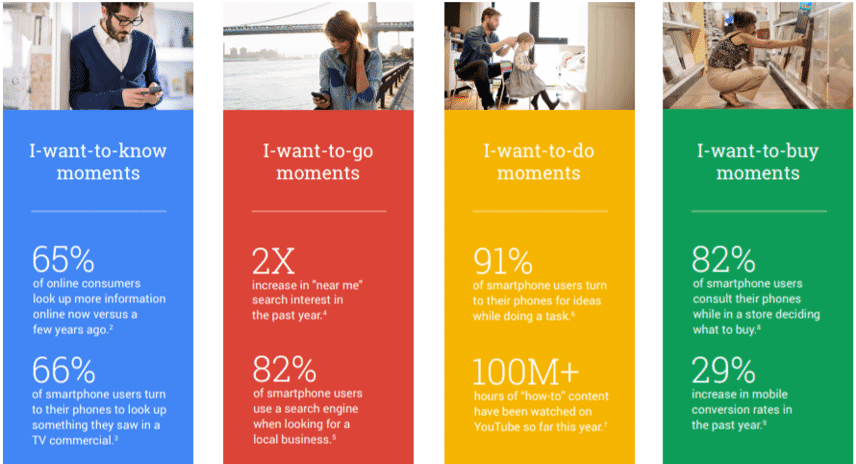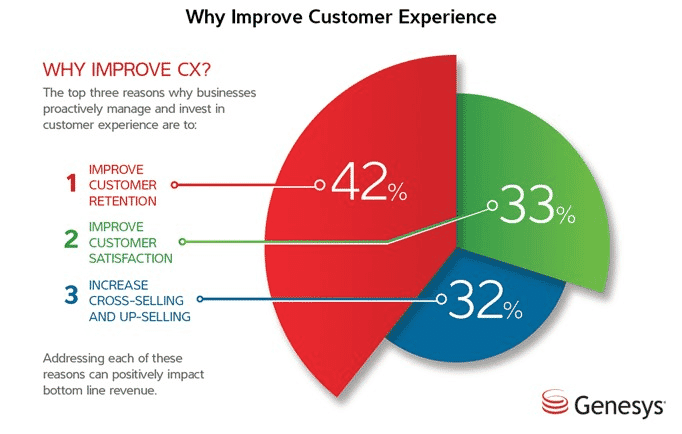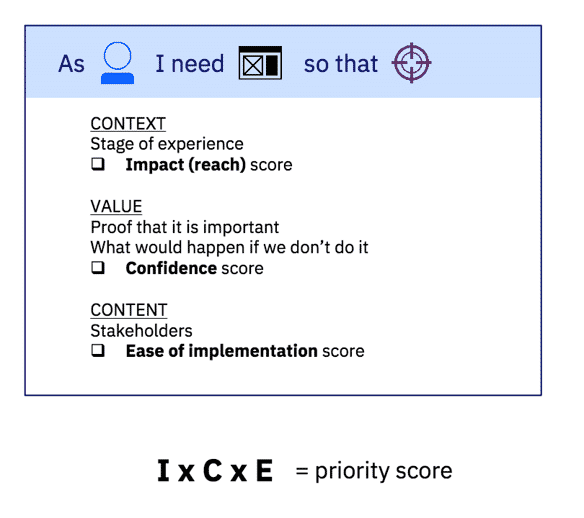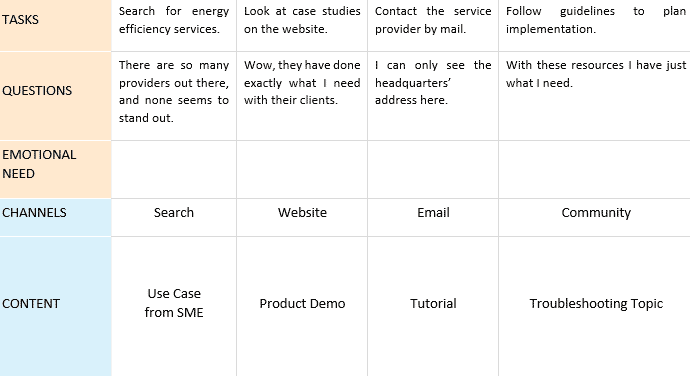The customer journey, which consists of the different stages a customer goes through before making a purchase, has significantly evolved in recent years. This is largely due to digital transformation. The shift requires businesses to adapt accordingly with an emphasis on customer experience, notably by providing information to customers whenever and wherever they need it.
How can technical documentation work together with SEO to provide users with this type of information? Learn this and more in our blog.
The Importance of the Customer Journey
With an increasing and sometimes overwhelming number of services to choose from, customer experience has become a key brand differentiator. A good customer experience can often be better and more influential than great advertising. Customers tend to report on their experience, whether it’s good or bad.
In the brick-and-mortar days, customers used to go through a linear customer journey. However, with digital transformation, it has evolved to become more of an overall experience. It is now cyclical rather than linear.
Customers and content moved online. This meant they were at liberty to choose the specific information they were looking for and skip parts of the customer experience they deemed irrelevant. Coincidentally, businesses needed to communicate effectively with users and make information they release easily findable and available as needed if they hope to gain and retain customers.
What does technical content have to do with customer experience?
Search engines have played a fundamental role in the shift of the customer journey. They often lead users to technical content because it closely matches what they are looking for.
Technical documentation can do a lot to enhance the perception of the company and the quality of its products/branding. Most importantly, it amplifies the influence it has on the initial decision to purchase a product. It should therefore be considered important from an SEO perspective, and work hand in hand with marketing, to satisfy customers and enhance CX (customer experience).
Despite the scarcity of its SEO, technical documentation, and more specifically, DITA topic-based information, already appears to be in line with what SEO experts advocate marketers do.
Benefits resulting from crafting an SEO strategy for technical documentation include writing better, more findable documentation with a focus on information users are looking for. It also improves and enhances the overall customer experience with an efficient and lasting impact on the company’s bottom-line.
SEO and DITA-based Technical Documentation
Google created the concept of micro-moments, which, in four moments, summarize the most popular types of questions people are making in the purchasing cycle.

- I want-to-know moments (pre-purchase mode, research phase, ex) someone interested in buying a new set of headphones might be interested in the product’s key features)
- I want-to-go moments (looking for local business on a map, might be reading reviews about a nearby restaurant)
- I want-to-do moments (installing a car battery…learning a new hobby—how to knit)
- I want-to-buy moments (primed and ready to buy…final stage before purchasing)
The first and third moments highlight the fact that most users now tend to go online to look up information – most on their mobile devices. As consultant Joe Pairman noticed, these moments adapt well to the types of content technical communicators provide who are using DITA. Given this, is it any wonder that DITA-based technical documentation can dominate search engine results?
Another explanation as to why technical content accounts for many search engine results is its sheer volume. Indeed, DITA-topic based content often outstrips the number of marketing content available on a company’s website. Even more reasons to tailor it for users.
Below are a few tips and tricks that will help you better optimize your existing DITA content from a search-engine basis.
- Use shortdesc because Google uses it in search results* and it provides info to users as to whether or not it contains the information they need
- Have a naming convention for your DITA output that is descriptive: Understanding_the_Fliputron_feature_on_the_Vebulon_5.html
- Use descriptive <title>s that are no longer than 75 characters long
- Relationship tables = internal links which increase content relevancy
- And last, but far from least: content that targets what users are looking for!
Because users are spending so much time online, businesses ought to adapt their communication accordingly If they don’t, they might find it elsewhere. The core focus is now to maintain a good relationship with customers instead of selling more products. This eventually proves to be more rewarding:
- a 5% increase in retention is 25% increase in profit
- it is also known that 80% revenue comes from 20% customers
- it is also 6x more expensive to attract customer than to keep one
- time of ROI to acquire a customer is 3,5 years – but average customer stays 2 years
If you are still hesitating, here are three main reasons, according to the Genesys study, why businesses should improve the customer experience (CX).

Although emerging technologies such as artificial intelligence (AI) and chatbots are in their early days, they are likely to become integrating facets of the customer journey.
Among the different types of AI currently in development or being used, cognitive engagement, despite not being strongly emphasized by businesses, leads more or less directly to implementation through chatbots.
Chatbots take one of two paths when working with external content (including technical content):
- Digesting existing material which it incorporates directly within itself, or
- Referring to appropriate material a user wants via metadata
Either way, having tech docs in a structured format (like DITA) makes it easier for chatbots to digest or find content to reference. The reason being because well-defined content types and descriptive metadata make it easier for chatbots to use.
Technical documentation plays a pivotal role in the customer journey. This makes it critical for businesses to craft a strong content strategy that goes beyond the exclusive focus on efficiency goals (content reuse, omnichannel publishing and minimalism).
Now, several tools are available to measure the impact of a customer centric strategy. These include ICE (Impact, Confidence and Ease of Implementation) that allows to evaluate content deliverables. The customer journey map is another; it helps map out the customer journey, and helps businesses understand where it is and where it wants to go.


Finally, content strategy must be supported by connected content services that depend on collaboration between the departments that create content, assuring a successful customer experience.
In a world where people spend more and more time online, customer experience has become a business imperative. With businesses having less control over the customer journey, they must provide information users seek whenever and wherever they need it. Building this customer experience is a collective challenge. It requires for all content teams—from marketing to technical writers—to work hand in hand.
This blog was originally presented as an IXIAtalks webinar by Keith Schengili-Roberts and Sydney Jones. You can find the webinar here.
Learn more about our IXIAtalks webinar series.







